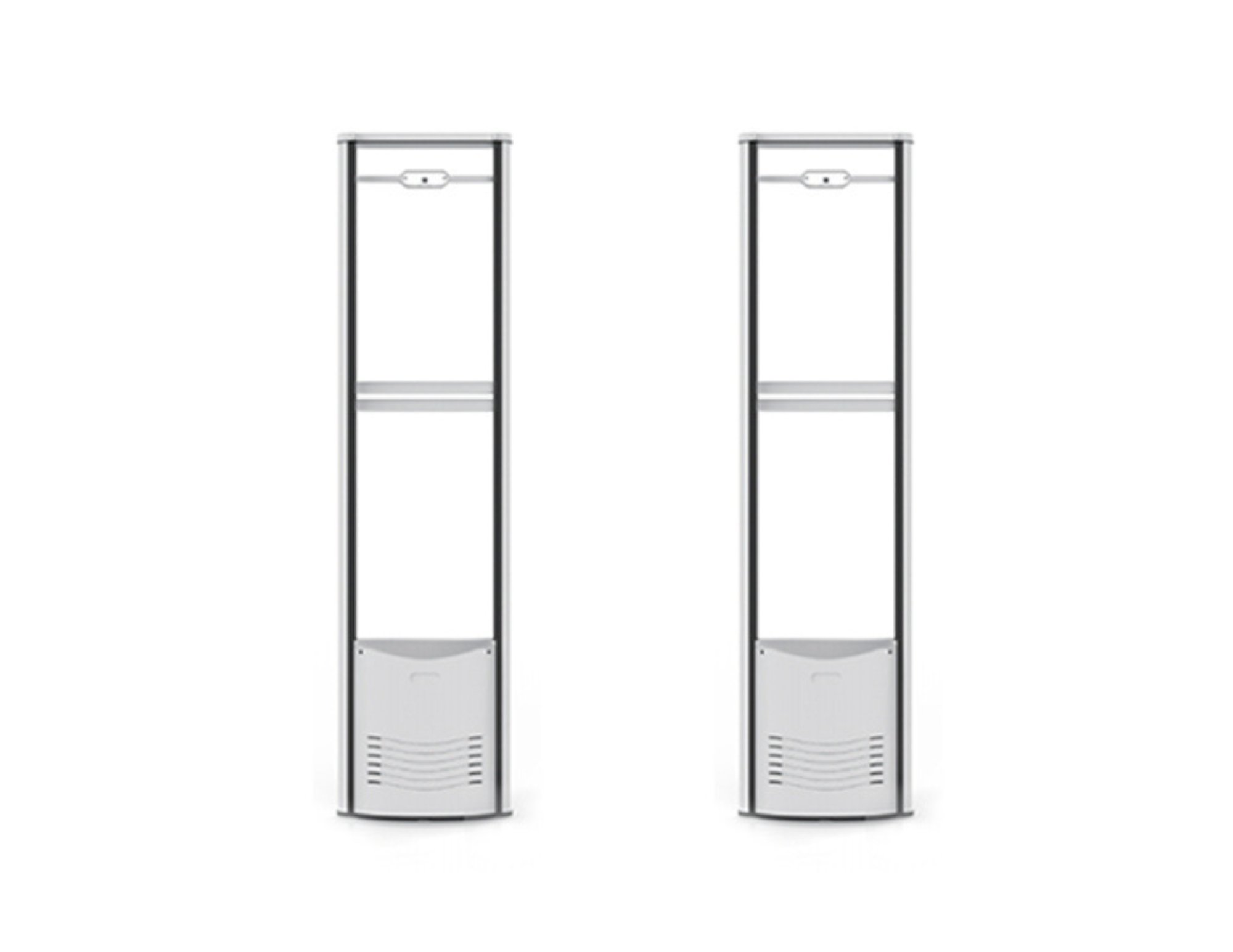Shoplifting in the age of scarcity…
As inflation gripped the post-pandemic U.S. economy, retailers faced one of the worst waves of shoplifting and organized retail crime in recent history. Now, with a new trade war brewing, supply chain disruption looming, and forecasts of another inflation spike on the horizon, the conditions are ripe for an even more severe wave of retail theft. For retailers, the message is clear: Protect your inventory now—or risk losing it.
From Pandemic to Panic: A Proven Pattern
We’ve seen this before. The post-pandemic period brought historic inflation levels, hitting Americans at the gas pump, grocery store, and beyond. And alongside that economic pain came a surge in shoplifting.
According to a LendingTree study, more than 20% of Americans admitted to shoplifting in 2023. And the reason? Not thrill-seeking or greed—but survival. About 90% said inflation and economic pressure drove them to steal. Bread, meat, soap, diapers—items people need to get by.
And it wasn’t just isolated petty theft. Retail giants like Target reported billions in losses tied to both necessity-driven shoplifting and organized crime rings clearing entire shelves for resale. Even Walmart warned it may have to raise prices or shutter stores if theft trends continue. When necessities become unaffordable, crime—both amateur and organized—fills the void.
Why Things Are About to Get Worse
The U.S. is now entering a new era of trade tension. Recent tariff escalations—some as high as 100%+—on imported goods from China and elsewhere are expected to drive up consumer prices again, fueling the kind of inflation that ignited the last theft surge.
As costs rise and goods become scarcer due to disrupted global supply chains, the result is predictable:
Higher prices for fewer goods
Financial pressure on already-struggling households
A spike in both survival-driven and organized retail theft
In short: Theft thrives in scarcity. And we are headed straight into another period of economic and product scarcity.
Organized Crime Will Take Advantage
Retailers aren't just battling desperate individuals—they’re also facing highly coordinated theft rings. These groups steal with precision, targeting high-value goods like personal care items, electronics, and clothing, and then resell them in street markets, online platforms, and small neighborhood stores.
According to the National Retail Federation, nearly half of all retail "shrink" is now tied to large-scale theft. And that figure is climbing.
Inventory Protection Is No Longer Optional
Given the rising risk, it's no longer enough to rely on traditional deterrents like employee oversight or basic cameras. Retailers must implement layered, proactive loss prevention strategies, such as:
Electronic Article Surveillance (EAS) systems, using AM or RF technology, to alert staff when tagged items are removed without deactivation.
Hard security tags and labels that deter theft and delay escape.
Real-time remote monitoring, AI-assisted analytics, and even body-worn cameras for staff to deter and record incidents.
Protecting your inventory is no longer about just improving margins—it’s about survival in an age of scarcity. With fewer goods on the shelves and higher costs to restock them, every stolen item represents a much deeper loss.
Final Thoughts
History shows us that theft spikes in times of financial strain—and we're heading into another one. Inflation may have cooled temporarily, but tariff-fueled price increases, shrinking inventories, and economic stress are reigniting conditions that will drive theft to new highs.
Retailers must take proactive measures now to safeguard their inventory. Waiting until stock levels are impacted by preventable theft can lead to substantial financial losses and serious operational disruptions.
Invest in security. Protect your stock. Stay ahead of the next wave.


